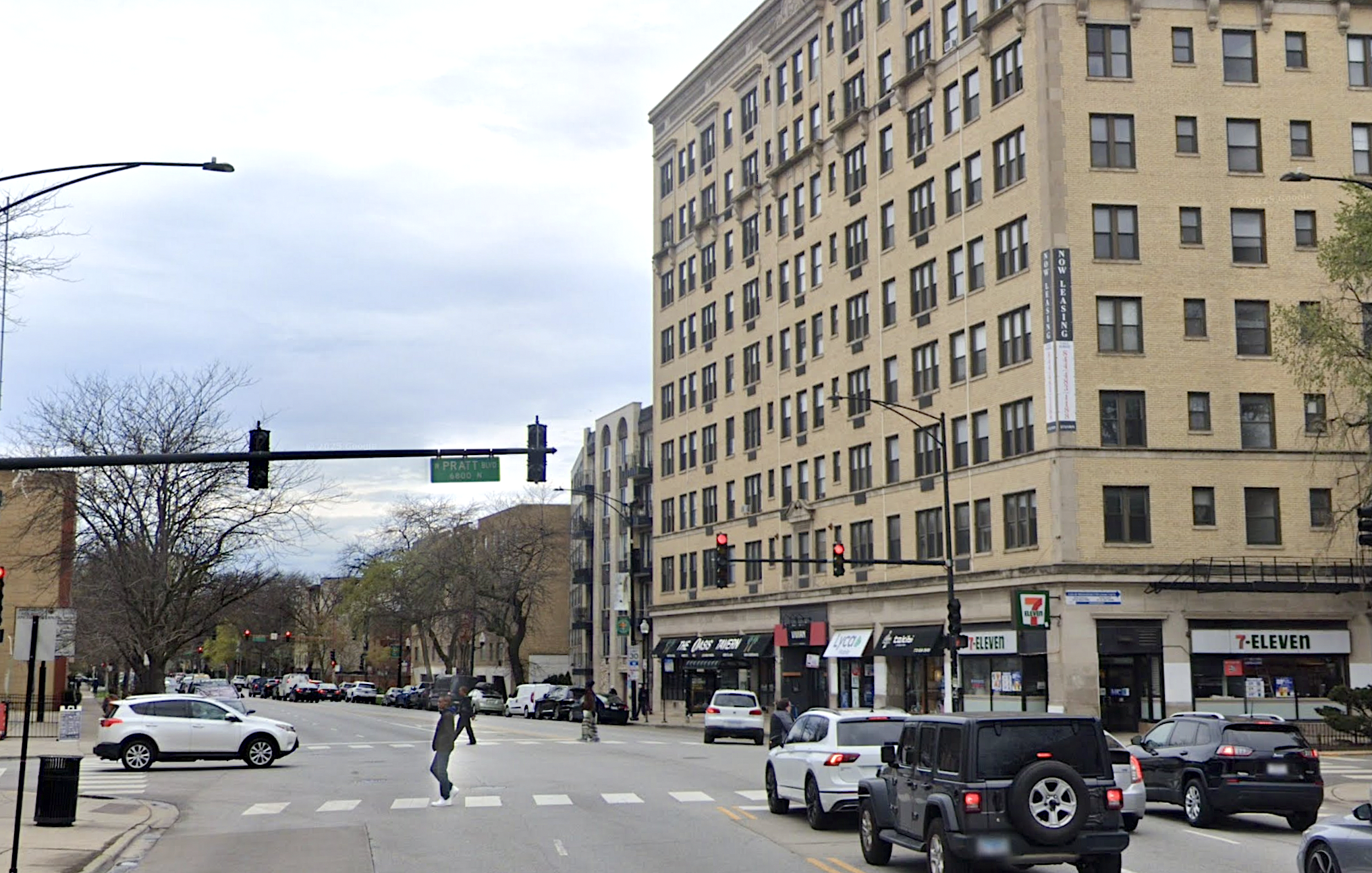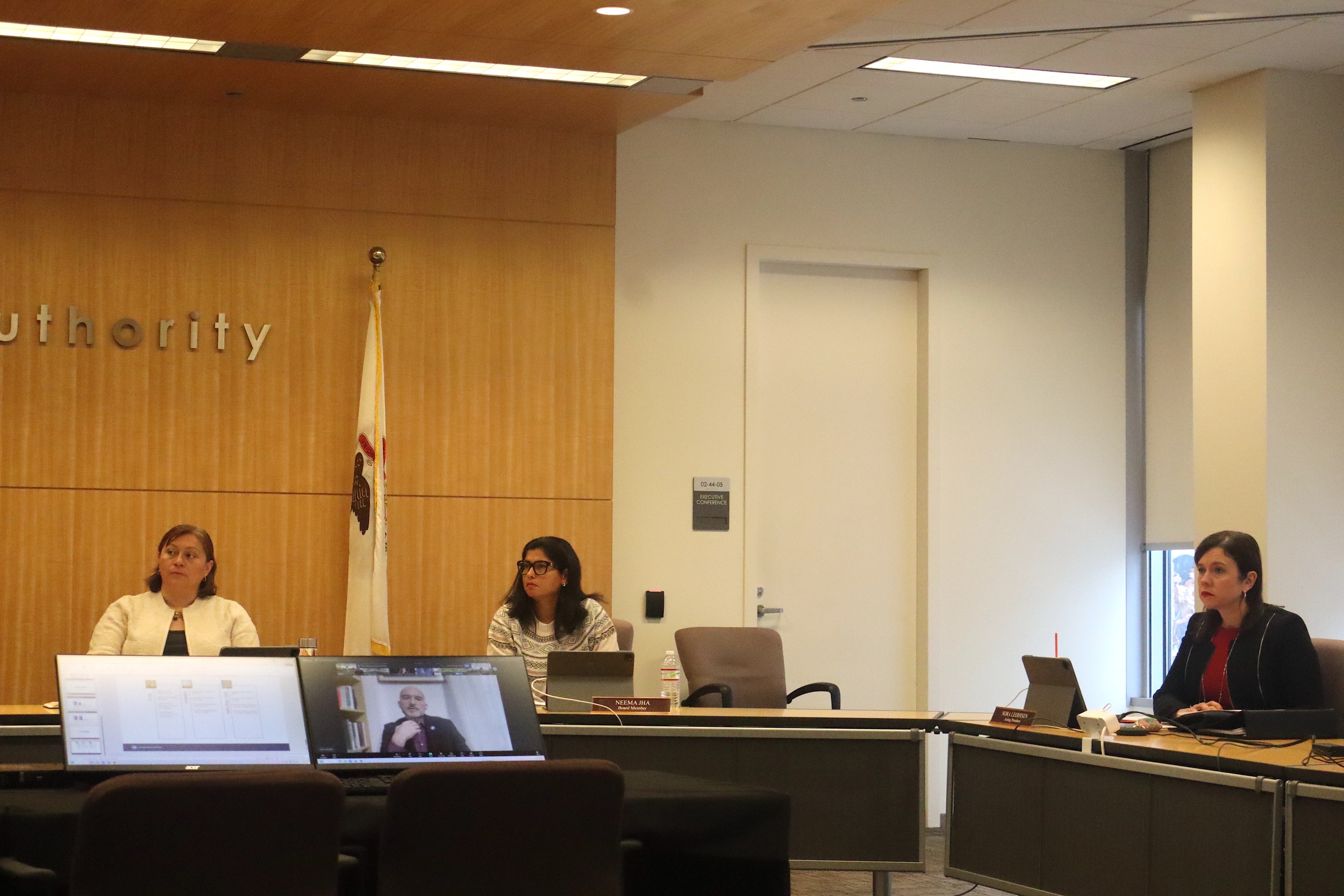There's been some talk recently in Seattle about reorganizing the city's transit system to improve efficiency. But almost immediately, strong objections emerged to eliminating lesser-used routes that some people depend on.
Frank Chiachiere at Seattle Transit Blog argues that maximizing the social benefits of limited transit resources is more complicated than preventing harm to existing transit riders:
Resistance often has less to do with the substance of the change and more to do with fear of loss. An economist might call this loss aversion, where fear of loss has a much stronger emotional power than an anticipation of gains. Translated into advocacy, such aversion can quickly become moralistic — “You are taking away X!” — giving excessive deference to present conditions and placing the burden of proof on change itself.
When restructures are proposed, we hear emotional appeals from those benefiting from existing but inefficient service, but fewer such stories from those hurt by buses that run too slow, too indirectly, and that don’t come often enough. But these ‘invisible’ riders are people, too, and their humanity and their mobility rights are equal to everyone else’s. If you believe mobility is a human right, then maximizing mobility maximizes the exercise of this right.
It is naive to assume that a transit system can hurt no one; any fixed-route system with less than infinite frequency necessarily creates winners and losers; this is a geometric fact that is foolish to deny. Even the world’s best-funded transit systems have constraints on whom they can serve. The core mission of public transit must be to benefit as many as possible and hurt as few as possible, which makes operational efficiency imperative.
We should absolutely use a social justice lens to help us evaluate and reshape our transit network (and Metro’s service guidelines do), but that is not equivalent to making a virtue of inefficiency. The quest for efficiency need not make us ruthless and inflexible, but efficiency should be the rule, with exceptions made in deliberate and transparent ways for clear and defensible reasons such as network comprehensibility or geographic coverage. But exceptions they must be, and the burden of proof should be on inefficient service, not the other way around.
Transit consultant and blogger Jarrett Walker at Human Transit has looked extensively at the tradeoffs transit systems make between ridership and coverage.
Elsewhere on the Network today: City Block considers the implications of how much real estate city streets consume. The California High Speed Rail Blog examines how the new rail system can be a force against sprawl, rather than promoting it. And Milwaukee Rising reports that, after a lengthy public involvement process, the Wisconsin Department of Transportation is adding a big chunk of new road to the controversial I-94 highway expansion project.






